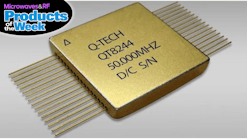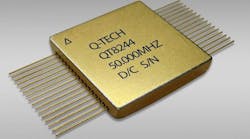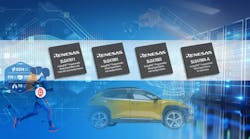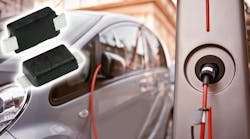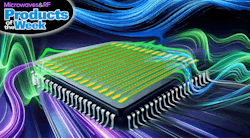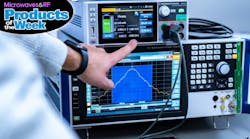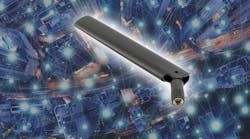Electronic devices are insinuating themselves further into everyday lives, and, of course, they all require power in some form to continue working. Fortunately, energy is all around us in many forms. Power can be converted from wind, light, objects in motion, even by tapping the leftover energy from high-frequency radio transmissions. As the world becomes more electronic in nature, it makes more sense to reuse energy when available, such as in RF/microwave signals, to establish more-efficient overall energy use.
Energy harvesting is probably best known for applications that start with the sun as the source of the energy. Especially for devices that require only small amounts of power for operation, light from the sun can be converted to enough dc voltage using relatively small solar panels.
In sparsely populated areas, it’s common to see the roofs of single-residence homes covered with enough solar panels to provide a significant source of energy as a backup or replacement for a local energy utility company. Similarly, in areas where open plains provide exposure to relatively high winds, such as the Midwest United States, it’s not unusual to see wind turbines that can convert the wind into “almost free” sources of electrical energy.
Today, sunlight is probably the most popular source of power that can be converted into dc voltage, with companies such as Analog Devices, Silicon Laboratories, and Texas Instruments offering extensive lines of solar-powered wireless transceivers, oscillators, and other high-frequency components. In addition, EnOcean has developed a series of self-powered switches that draw their power from solar sources, as well as many ICs that use wireless communications at ISM frequencies to perform solar-powered electronic functions. The most recent arrival is a solar-powered occupancy sensor for Bluetooth lighting-control systems, using Bluetooth Low Energy (BLE) to simplify in-building automation.
